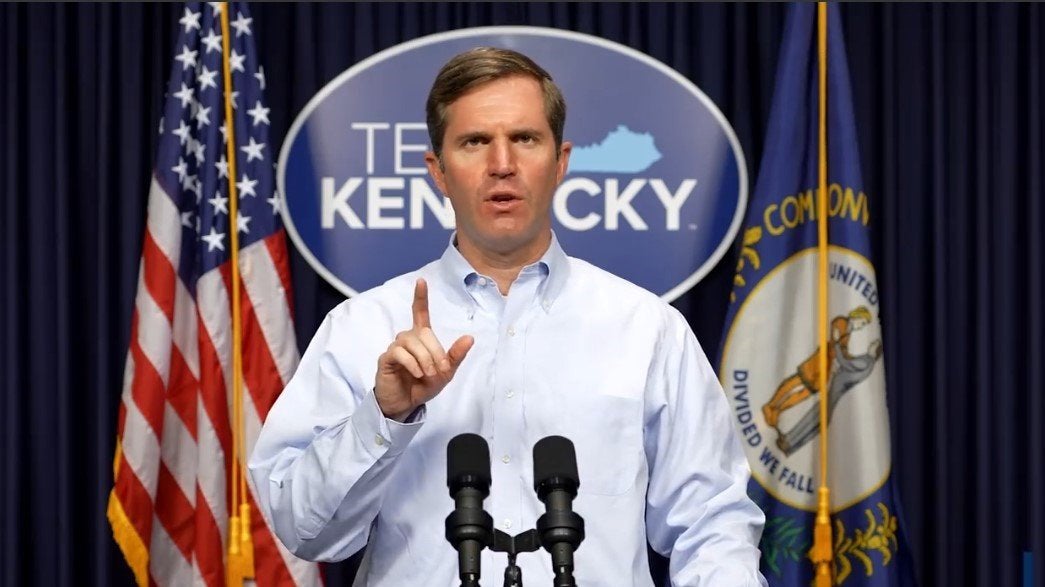What does the future hold for ‘White Christian America?’
Published 12:33 pm Tuesday, December 27, 2016
By ERIC MOUNT
Guest columnist
Before the election, “The End of White Christian America” by Robert P. Jones (the founder and CEO of the Washington think tank Public Religion Research Institute) was getting considerable attention. His obituary for “White (meaning non-Hispanic white) Christian America” (WCA) located the time of death in the latter part of the first decade of the 21st century.
WCA still made up 55 percent of the electorate in 1916, but is projected to shrink to 52 percent in 2020 and to 48 percent in 2024. With no reversal of the trends in sight, the handwriting is on the wall.
Then came the Trump victory with heavy help from WCA (note the box showing Pew Research numbers). Was the obituary premature, or is this resurgence of WCA power only a temporary remission in a terminal illness?
Jones traces the changes that have affected both branches of WCA — the mainline denominations and white evangelicals. Although the more liberal mainline denominations have been predominantly northern and the more conservative evangelical branch has been anchored in the south and midwest/Ozark Mountains region, their differences are only superficially geographic. Rooted in disagreements on certain theological tenets, approaches to growing diversity, and accommodations to science and the modern world, their differences have also been manifest in social class divisions and perspectives on race.
In the 1960s, mainline Christian denominations began to shrink. By the end of the 70s, they had to acknowledge this downward trend. There was a revival of white evangelical Protestantism, but its numbers were also beginning to slip. Recently, the only numerical growth has been among Hispanic evangelicals.
According to Jones, the causes of WCA’s death are both internal, such as family feuds over same-sex marriage, abortion, and more recently Islam; and external, such as challenges in the socio-cultural environment. There has also been major religious disaffiliation as younger generations doubt the continued relevance of religion.
Asked whether being a Christian is an important part of being an American, nearly two-thirds of those 65 and over answer in the affirmative. Of those between the ages of 18 and 29, 70 percent disagree. Twenty-three percent of Americans are now religiously unaffiliated. This gap is also apparent in attitudes toward same-sex marriage. For years, evangelical Protestantism staked its identity on opposition to same sex marriage, but both millennials and the Supreme Court have moved on.
America has become more diverse and multicultural. WCA is surrounded by more and more people of other faiths or no faith, by people of other races and ethnicities and nationalities, by people of “other” sexual orientations and gender identities.
Mark Mather of the Population Reference Bureau observes that “no other country has ever experienced such rapid racial and ethnic change.” Amid such changes, people can feel that they have lost their social location, their sense of security and even their country. They can become nostalgic, afraid and angry.
When their churches and core social networks remain homogeneous in the midst of such diversity, white Christian Americans may fail to understand and acknowledge black claims of injustice. As Jones observes, they may look at the killing of unarmed African Americans by police officers in Ferguson, New York, and Baltimore as isolated incidents, rather than examples of racially driven patterns of violence and discrimination. He finds that six out of 10 evangelicals and nearly half of mainline Protestants doubt that there is a real racial problem.
To explain WCA reactions to the disorientation and displacement they are experiencing, Jones recalls the stages of grief over loss as analyzed by Elisabeth Kubler-Ross: denial, anger, bargaining, depression, and acceptance. The mainline churches, he finds, have generally been better able to move through depression to acceptance of a world in transition. The evangelical branch of WCA has been more prone to denial and anger. When you are experiencing economic insecurity and you feel that people of color are taking the jobs and college admissions that should be yours, your anger swells. The Trump campaign managed to tap into that economic insecurity, that failure to be heard, that sense of loss, and that anger.
There is much more to the Trump brand of populism than white identity politics, and the populisms in both parties during the recent campaigns can bring about constructive realignments and reassessments in both parties if they can make some new friends. White Christian America needs to find common cause in coalitions with diverse allies if it is to make more of the Trump election than the last angry animus of a dying demographic.
Eric Mount is professor emeritus of religion at Centre College.





